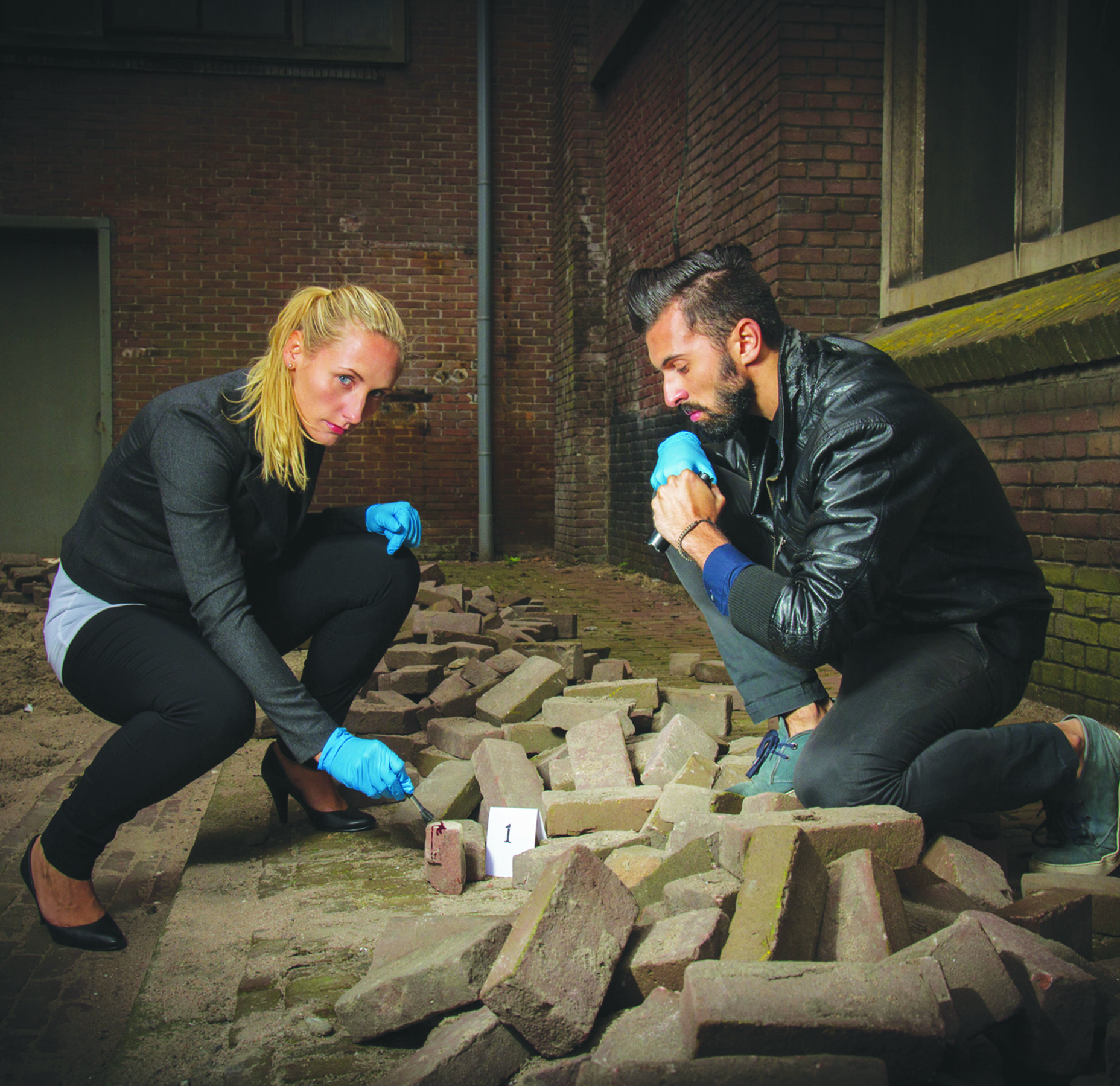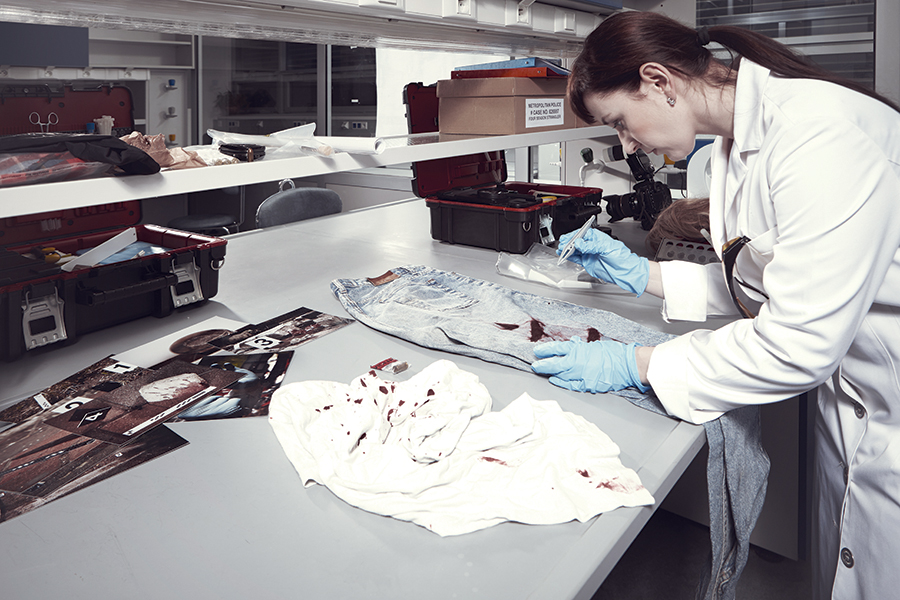Open for Discussion: How Reliable Is Forensic Evidence?
By Brian Rohrig October 2016
In what has been dubbed the “CSI Effect,” juries place a high premium on forensic evidence presented by an expert witness. After all, it is hard to argue with science. On television shows, forensic evidence gathered at the crime scene often puts away the bad guys. How reliable is this forensic evidence?
Many people are surprised to learn that any type of evidence collected by a forensic investigator, such as fingerprints, blood, and hair, will always be circumstantial. Circumstantial evidence requires interpretation, and its presence does not necessarily imply guilt. In order for this type of evidence to be used effectively, a case must be constructed. Forensic evidence may form part of a case, but it is not the whole case.
Blood and hair analysis
To understand the limitations of forensic evidence, it is necessary to distinguish between class evidence and individual evidence. Class evidence consists of substances such as blood and hair, which can be used to place an individual in a general class but cannot be used to identify an individual. For example, blood typing can be used to establish whether someone has A, B, AB, or O blood, but cannot point to a person.
A common method to test for blood is to spray an area with a solution of luminol and hydrogen peroxide. If blood is present, the iron atoms within the hemoglobin molecules in red blood cells act as a catalyst, causing the luminol to emit an eerie blue glow. This chemical reaction is a great way to test for blood stains. However, other compounds can also catalyze this reaction. A number of other substances, from bleach to horseradish, can also produce an eerie blue glow, leading a forensic investigator to conclude that blood is present when, in fact, there is none.
Fingerprint and DNA analysis
On the other hand, individual evidence, such as fingerprints and DNA, can be used to identify an individual. Each DNA molecule is a polymer, which consists of millions of repeating units known as nucleotides. Even though 99.9% of a person’s DNA is identical to any other person’s, there are minor variations in the composition and arrangement of the various nucleotides, making each person’s DNA uniquely their own.
However, DNA is often used to exclude a suspect rather than confirm one. When DNA tests are run on a sample, only a small fragment of DNA is sequenced, not the entire genome. When collecting DNA at a crime scene, it is sometimes difficult to obtain samples that are not contaminated with another person’s DNA, making results unreliable. Over time, DNA degrades. The laboratory technicians who run the tests sometimes make mistakes. The final determination about whether a DNA profile matches that of a suspect is subject to interpretation.
Forensic chemistry
Chemistry plays an indispensable role in forensic science, which is playing an increasingly vital role in our judicial system. Every type of forensic evidence—from fingerprints to blood to DNA—all involve chemistry. But forensic science alone cannot be used to establish guilt. Any judicial system is, above all, a human endeavor, and humans will always be fallible.



